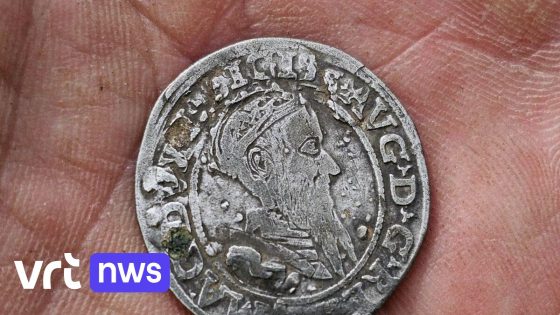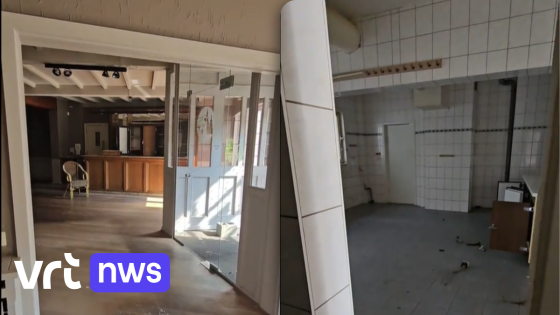Metal detector enthusiasts have uncovered a remarkable collection of historical artifacts in the small hamlet of ‘t Hasselt in Bree. Among the finds are several silver coins from 15th-century Bohemia and a Roman cloak pin, highlighting the area’s rich and varied past. The discoveries were made public on 2025-07-25 09:19:00, sparking interest among local historians and collectors alike.
- Metaaldetectoristen ontdekten zilveren munten Bohemen
- Vondsten dateren uit 15e eeuw
- Romeinse mantelspeld werd gevonden
- Totaal 378 archeologische vondsten geregistreerd
- Verroeste revolver uit 19e eeuw ontdekt
In total, 378 items were recorded, including a rusted 19th-century revolver, adding a layer of intrigue to the site. How did such diverse relics end up in this quiet Belgian locale? Could these findings reshape our understanding of Bree’s historical connections?
These questions lead US to explore the significance of these artifacts and what they reveal about the region’s heritage.
What does this discovery mean for Bree and the wider Belgian community? It suggests a rich intersection of cultures and eras, showing Bree as a historical crossroads. Such finds encourage local engagement with history and may boost cultural tourism.
- Highlights Bree’s role in trade and cultural exchange during the Middle Ages and Roman times
- Demonstrates the value of metal detecting for uncovering local heritage
- Raises questions about preservation and archaeological research in Belgium
As interest in Bree’s historical finds grows, local authorities and communities may consider enhanced support for archaeological projects. Will this spark a new wave of discoveries across Belgium’s lesser-known regions? Only time will tell, but the past is clearly alive beneath our feet.






























